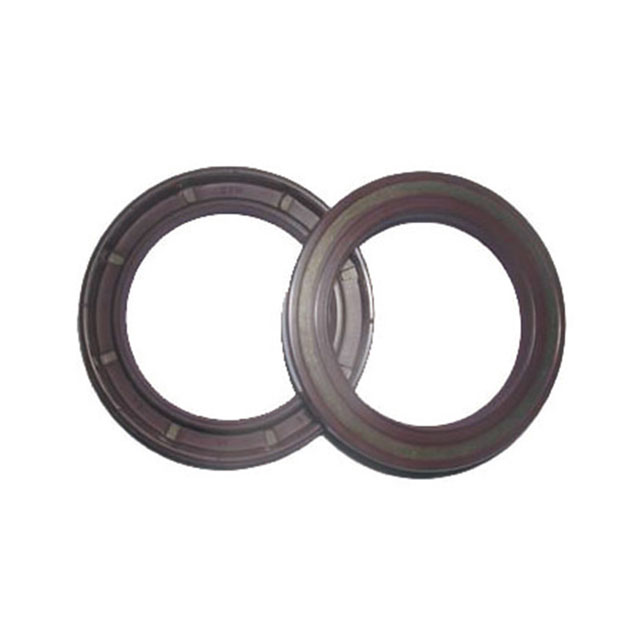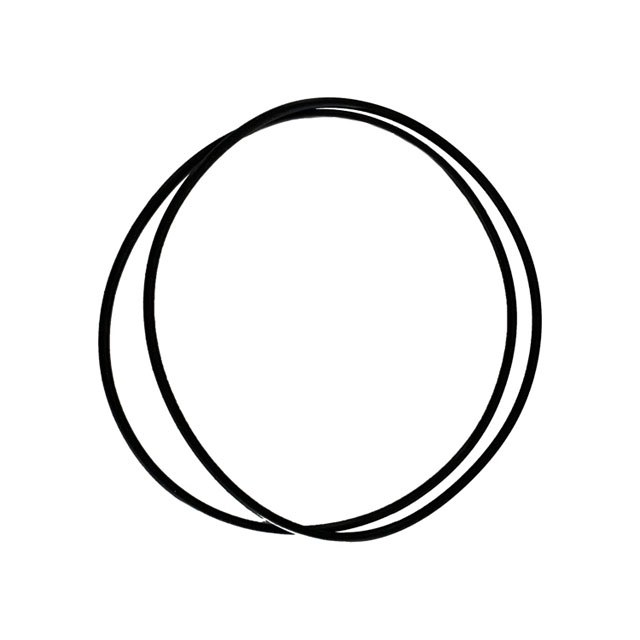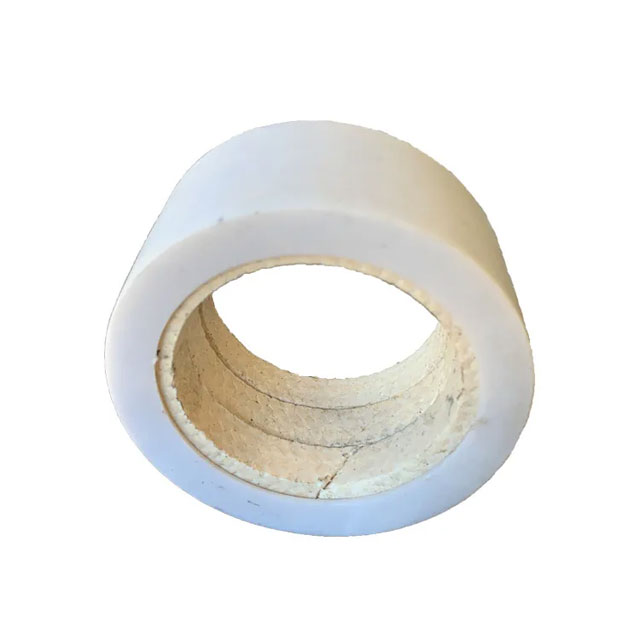WhatsApp: 86-13735815206 / 86-17392256505
WeChat: 86-13735815206 / 86-17392256505
Phone: 86-29-88680837
Mail: sales@hlsolidscontrol.com
Add: Room 804, Building 1, Western Cloud Valley Phase II, Fengxi New Town, Xixian New District, Shaanxi Province
WeChat: 86-13735815206 / 86-17392256505
Phone: 86-29-88680837
Mail: sales@hlsolidscontrol.com
Add: Room 804, Building 1, Western Cloud Valley Phase II, Fengxi New Town, Xixian New District, Shaanxi Province
Vacuum pump performance parameter selection
Time: 2024-05-24 Source: Solids Control Equipment Author: Mrek
The function of the vacuum pump is to extract the gas molecules in the vacuum chamber and reduce the gas pressure in the vacuum chamber to achieve the required vacuum degree. Therefore, in order to meet the process indicators, work efficiency and equipment working life requirements of different products, different vacuum pump configuration models need to be selected.
In order to achieve the best configuration, when selecting a vacuum system, the following points should be considered when selecting a vacuum pump:
1. The ultimate pressure of the vacuum pump should meet the working pressure of the process. The ultimate pressure of the pump is usually chosen to be about one order of magnitude lower than the process requirements.
2. Each pump has a certain working pressure range. Therefore, the working point of the pump should be selected within this range, and it cannot be allowed to work outside the allowable working pressure for a long time.
3. The vacuum pump should be able to discharge all the gas generated during the vacuum equipment process under its working pressure.
4. Select vacuum pump unit:
(1) When one pump cannot meet the air pumping and vacuum requirements, several pumps need to be combined to complement each other to meet the process requirements.
(2) Some vacuum pumps cannot work under atmospheric pressure and require pre-vacuuming; some vacuum pumps have outlet pressures lower than atmospheric pressure and require a backing pump, so the pumps need to be combined. The vacuum pumps used in combination are called vacuum pump units, which can enable the vacuum system to obtain better vacuum degree and exhaust volume. The combined vacuum pump should be selected correctly because different vacuum pumps have different requirements for gas extraction. For example, in general, Roots rotary vane units are not suitable for systems containing more condensable gases.
5. When you choose an oil-sealed pump, you should first understand whether your vacuum system has requirements for oil contamination. If the equipment strictly requires oil-free, various oil-free pumps should be selected, such as water ring pumps, cryogenic pumps, etc. If the requirements are not strict, you can choose to have an oil pump and add some anti-oil agent. Pollution measures, such as adding cold traps, oil traps, baffles, etc., to meet clean vacuum requirements.
6. Understand the composition of the pumped gas, whether it contains condensable vapor, whether there is particulate dust, whether it is corrosive, etc. When selecting a vacuum pump, you need to understand the gas composition and select a corresponding pump for the gas to be pumped. If the gas contains steam, particles, and corrosive gases, you should consider installing auxiliary equipment, such as condensers, dust collectors, etc., on the air inlet pipe of the pump.
7. When selecting an oil-sealed vacuum pump, consider the impact of the oil vapor (smoke) discharged by the vacuum pump on the environment. If the environment does not allow pollution, an oil-free vacuum pump should be selected or the oil vapor should be discharged outdoors.
8. Does the vibration generated by the vacuum pump during operation have any impact on the process and environment? If the process does not allow it, a vibration-free pump should be selected or anti-vibration measures should be taken.
HL Solids Control is a professional vacuum pump manufacturer. The vacuum degree of HL water ring vacuum pump can reach -0.098MPa, the pumping speed is increased by 30%, and it can operate without failure for 20,000 hours. It can be customized as needed, welcome to inquire.
In order to achieve the best configuration, when selecting a vacuum system, the following points should be considered when selecting a vacuum pump:
1. The ultimate pressure of the vacuum pump should meet the working pressure of the process. The ultimate pressure of the pump is usually chosen to be about one order of magnitude lower than the process requirements.
2. Each pump has a certain working pressure range. Therefore, the working point of the pump should be selected within this range, and it cannot be allowed to work outside the allowable working pressure for a long time.
3. The vacuum pump should be able to discharge all the gas generated during the vacuum equipment process under its working pressure.
4. Select vacuum pump unit:
(1) When one pump cannot meet the air pumping and vacuum requirements, several pumps need to be combined to complement each other to meet the process requirements.
(2) Some vacuum pumps cannot work under atmospheric pressure and require pre-vacuuming; some vacuum pumps have outlet pressures lower than atmospheric pressure and require a backing pump, so the pumps need to be combined. The vacuum pumps used in combination are called vacuum pump units, which can enable the vacuum system to obtain better vacuum degree and exhaust volume. The combined vacuum pump should be selected correctly because different vacuum pumps have different requirements for gas extraction. For example, in general, Roots rotary vane units are not suitable for systems containing more condensable gases.
5. When you choose an oil-sealed pump, you should first understand whether your vacuum system has requirements for oil contamination. If the equipment strictly requires oil-free, various oil-free pumps should be selected, such as water ring pumps, cryogenic pumps, etc. If the requirements are not strict, you can choose to have an oil pump and add some anti-oil agent. Pollution measures, such as adding cold traps, oil traps, baffles, etc., to meet clean vacuum requirements.
6. Understand the composition of the pumped gas, whether it contains condensable vapor, whether there is particulate dust, whether it is corrosive, etc. When selecting a vacuum pump, you need to understand the gas composition and select a corresponding pump for the gas to be pumped. If the gas contains steam, particles, and corrosive gases, you should consider installing auxiliary equipment, such as condensers, dust collectors, etc., on the air inlet pipe of the pump.
7. When selecting an oil-sealed vacuum pump, consider the impact of the oil vapor (smoke) discharged by the vacuum pump on the environment. If the environment does not allow pollution, an oil-free vacuum pump should be selected or the oil vapor should be discharged outdoors.
8. Does the vibration generated by the vacuum pump during operation have any impact on the process and environment? If the process does not allow it, a vibration-free pump should be selected or anti-vibration measures should be taken.
HL Solids Control is a professional vacuum pump manufacturer. The vacuum degree of HL water ring vacuum pump can reach -0.098MPa, the pumping speed is increased by 30%, and it can operate without failure for 20,000 hours. It can be customized as needed, welcome to inquire.



